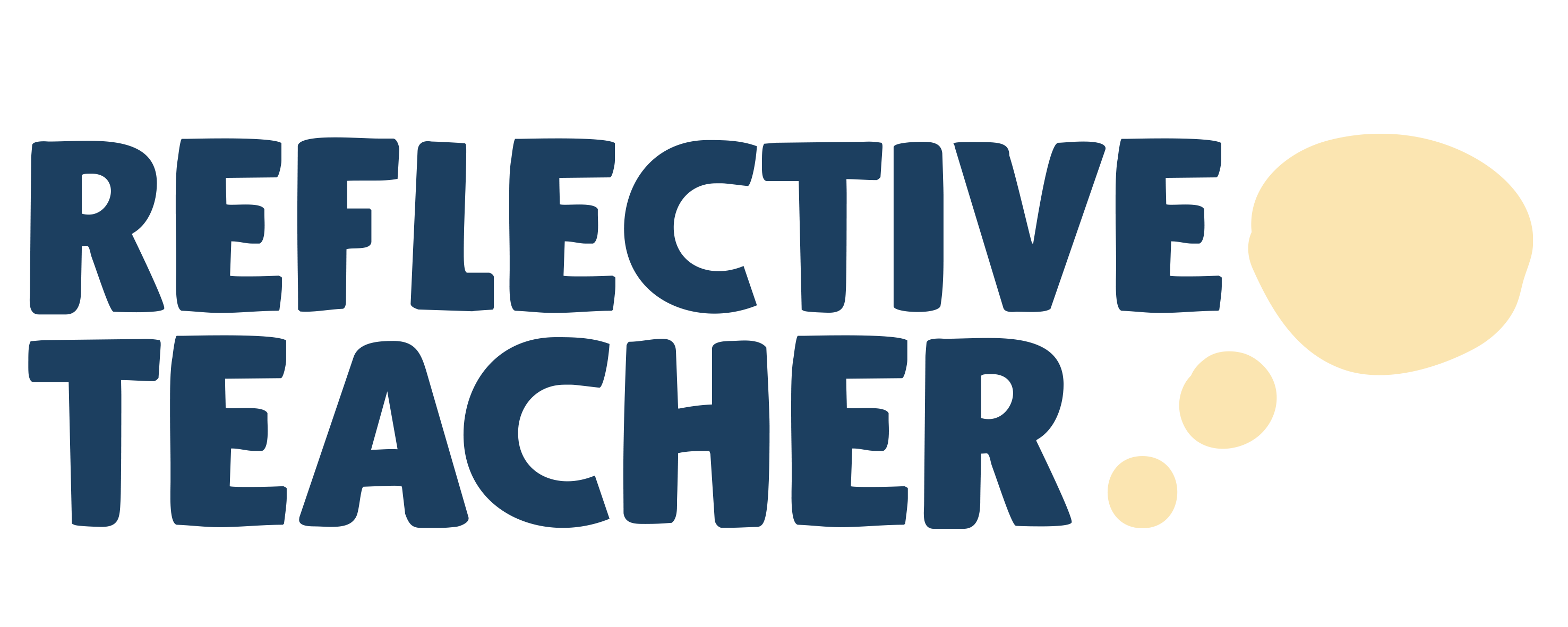As teachers, we have the power to shape the trajectory of our students’ lives. The way we educate and relate to them can make all the difference in their success. But what is the key to unlocking their full potential? It lies in our own reflective practice.
Reflective teacher practice is the process of thoughtfully analyzing and evaluating our teaching methods, strategies, and interactions with our students. By taking the time to reflect on our practices, we can gain valuable insights into what works and what doesn’t in the classroom. This self-reflection allows us to continuously improve and adapt our teaching methods to better meet the diverse needs of our students.
When we engage in reflective practice, we become more intentional and purposeful in our teaching. We are able to identify areas for growth, set goals, and develop action plans to enhance student learning. By continuously reflecting on our practice and seeking feedback from our colleagues, we create a culture of ongoing improvement and innovation.
In this article, we will explore the importance of reflective teacher practice and how it can significantly impact student success. Join us as we delve into the transformative potential of self-reflection in the classroom.

The role of reflective teacher practice in student success
Reflective teacher practice plays a crucial role in fostering student success. When we engage in reflective practice, we become more intentional and purposeful in our teaching. We are able to identify areas for growth, set goals, and develop action plans to enhance student learning.
By critically examining our teaching strategies, we can identify what is effective and what needs improvement. For example, through reflection, we may realize that certain instructional methods are not engaging our students or that we need to provide more opportunities for hands-on learning. This awareness allows us to make necessary adjustments to optimize student engagement and achievement.
Understanding reflective teacher practice
Reflective teacher practice involves more than just thinking about our teaching experiences. It requires a systematic approach to reflection that involves asking critical questions, analyzing data, and seeking feedback. This process allows us to gain a deeper understanding of our teaching practices and their impact on student learning.
To engage in reflective teacher practice, we must first create the space and time for reflection. This can be done through journaling, participating in professional learning communities, or seeking out opportunities for self-reflection. By setting aside dedicated time for reflection, we can ensure that it becomes a regular part of our teaching practice.
Benefits of reflective teacher practice
There are numerous benefits to engaging in reflective teacher practice. Firstly, it allows us to develop a deeper understanding of our students’ needs and learning styles. By reflecting on our interactions with students, we can gain insights into their strengths, weaknesses, and interests, allowing us to tailor our instruction to better meet their individual needs.
Secondly, reflective teacher practice helps us identify areas for growth and improvement. It allows us to recognize our own biases, assumptions, and limitations and make necessary changes to our teaching practice. By continually seeking growth and improvement, we become more effective educators and role models for our students.
How reflective teacher practice improves instructional strategies
Reflective teacher practice has a direct impact on instructional strategies. By reflecting on our teaching methods, we can evaluate their effectiveness and make informed decisions about which strategies to continue using and which ones to modify.
Through reflection, we can also identify gaps in our instructional practices and explore new approaches. For example, we may discover that certain students are not responding well to traditional lecture-style teaching and may benefit more from project-based learning or collaborative group work. Reflective practice empowers us to experiment with new strategies and adapt our teaching to better engage and support our students.
Implementing reflective teacher practice in the classroom
Implementing reflective teacher practice in the classroom requires a commitment to ongoing self-reflection and professional growth. Here are some strategies for incorporating reflective practice into your teaching:
1. Journaling: Set aside time each day or week to reflect on your teaching experiences. Write down your thoughts, observations, and reflections on what worked well and what could be improved.
2. Peer Observations: Seek feedback from colleagues by inviting them to observe your teaching and provide constructive feedback. This can offer fresh perspectives and insights into your instructional practices.
3. Data Analysis: Regularly analyze student data, such as test scores, assignments, and assessments, to identify trends and patterns. Use this data to inform your reflection and decision-making process.
4. Professional Learning Communities: Join or create a professional learning community with other educators who are committed to reflective practice. Collaborate and share ideas, challenges, and successes to support each other’s growth.
Tools and resources for reflective teacher practice
There are various tools and resources available to support reflective teacher practice. Here are a few examples:
1. Reflection Prompts: Use reflective prompts to guide your thinking and prompt deeper reflection. Examples include “What was the most effective teaching strategy I used this week and why?” or “How did I address the diverse needs of my students in today’s lesson?”
2. Digital Tools: Explore digital platforms and apps that can facilitate reflection, such as online journals, video recording and playback tools, or collaborative platforms for sharing reflections with colleagues.
3. Professional Development Programs: Attend workshops, conferences, or online courses that focus on reflective practice. These programs can provide valuable insights, strategies, and resources to enhance your reflective practice.
Case studies: The impact of reflective teacher practice on student achievement
Numerous case studies have demonstrated the impact of reflective teacher practice on student achievement. One such study conducted by Jones and Smith (2019) found that teachers who engaged in regular reflective practice reported increased student engagement, improved academic performance, and enhanced classroom management skills.
Another study by Brown and Johnson (2020) explored the impact of reflective practice on teacher-student relationships. They found that teachers who reflected on their interactions with students were more empathetic, understanding, and responsive, leading to stronger connections and improved student motivation.
Overcoming challenges in implementing reflective teacher practice
Implementing reflective teacher practice may come with its challenges. Some common obstacles include lack of time, resistance to change, and a fear of self-reflection. However, with the right strategies and mindset, these challenges can be overcome.
To address the issue of time, prioritize reflection as an essential part of your teaching practice. Set aside dedicated time each week for reflection and make it a non-negotiable part of your routine.
To overcome resistance to change, start small and gradually incorporate reflective practices into your teaching. Share your reflections and successes with colleagues to inspire and encourage others to engage in reflective practice as well.
Finally, to overcome the fear of self-reflection, approach it with a growth mindset. Embrace the opportunity to learn and grow as an educator, and remember that reflection is a powerful tool for self-improvement.
Professional development opportunities for reflective teacher practice
To further enhance your reflective practice, consider engaging in professional development opportunities. Many organizations offer workshops, courses, and conferences focused on reflective practice and instructional improvement. These opportunities allow you to learn from experts in the field, collaborate with like-minded educators, and gain new insights and strategies to enhance your teaching practice.
Additionally, consider seeking out mentors or coaches who can provide guidance and support as you engage in reflective practice. These individuals can offer valuable feedback, share their own experiences, and provide a sounding board for your ideas and reflections.
Conclusion: The lasting impact of reflective teacher practice on student success
Reflective teacher practice is a powerful tool that can significantly impact student success. By engaging in self-reflection and continuously evaluating our teaching practices, we become more intentional, effective, and responsive educators.
Through reflective practice, we gain a deeper understanding of our students’ needs, identify areas for growth, and develop innovative instructional strategies. This ongoing commitment to improvement creates a positive and dynamic learning environment that fosters student engagement, motivation, and achievement.
As teachers, we hold the key to unlock our students’ full potential. Let us embrace the power of reflective teacher practice and create a lasting impact on the lives and futures of our students.



No responses yet